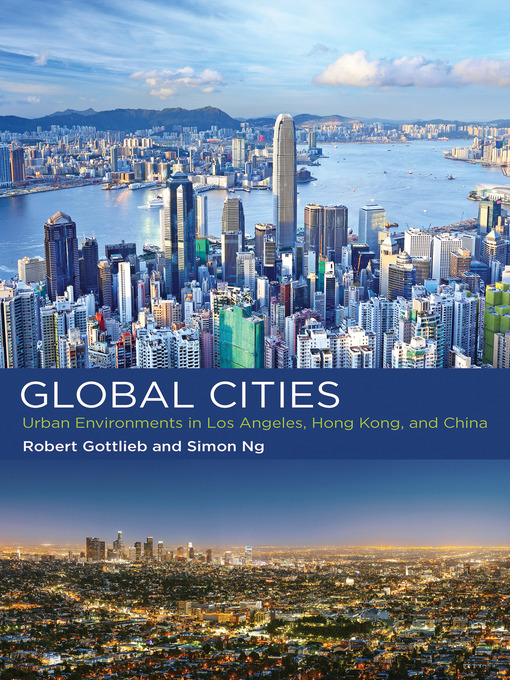Over the past four decades, Los Angeles, Hong Kong, and key urban regions of China have emerged as global cities—in financial, political, cultural, environmental, and demographic terms. In this book, Robert Gottlieb and Simon Ng trace the global emergence of these urban areas and compare their responses to a set of six urban environmental issues.
These cities have different patterns of development: Los Angeles has been the quintessential horizontal city, the capital of sprawl; Hong Kong is dense and vertical; China's new megacities in the Pearl River Delta, created by an explosion in industrial development and a vast migration from rural to urban areas, combine the vertical and the horizontal. All three have experienced major environmental changes in a relatively short period of time. Gottlieb and Ng document how each has dealt with challenges posed by ports and the movement of goods, air pollution (Los Angeles, Hong Kong, and urban China are all notorious for their hazardous air quality), water supply (all three places are dependent on massive transfers of water) and water quality, the food system (from seed to table), transportation, and public and private space. Finally they discuss the possibility of change brought about by policy initiatives and social movements.

